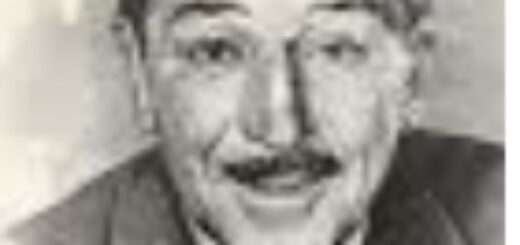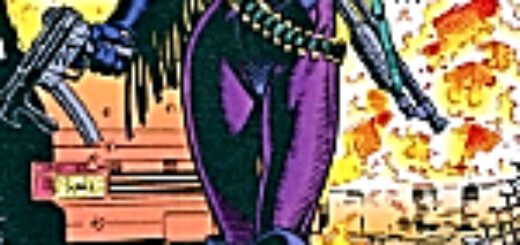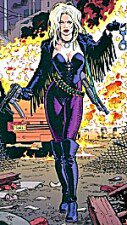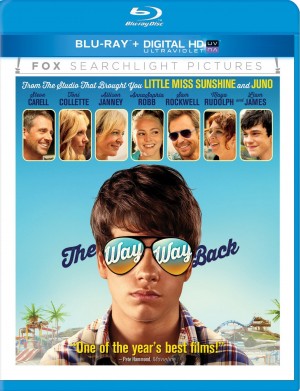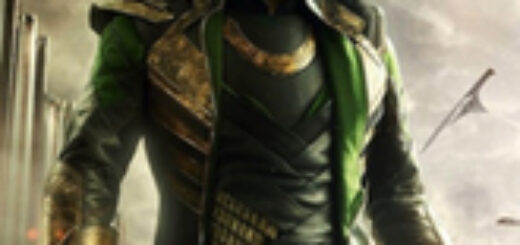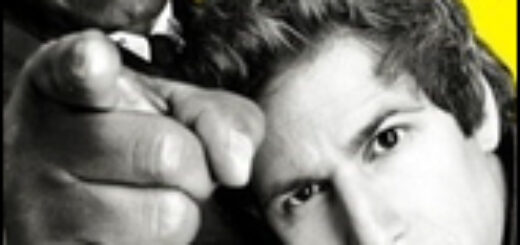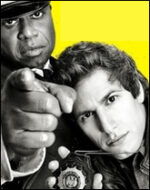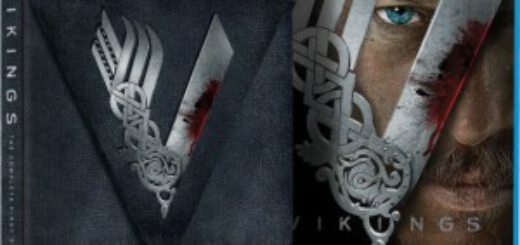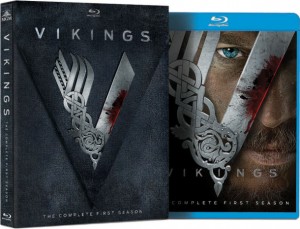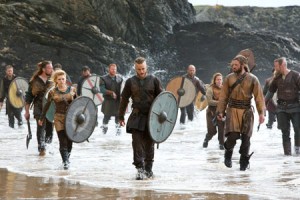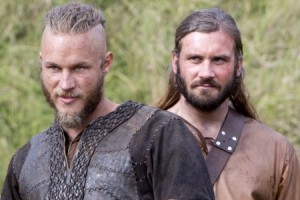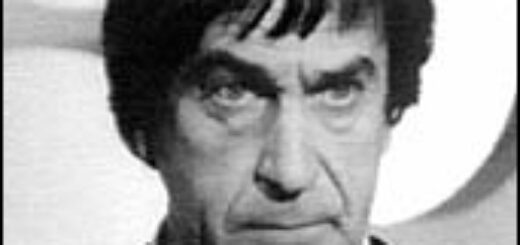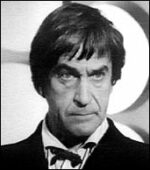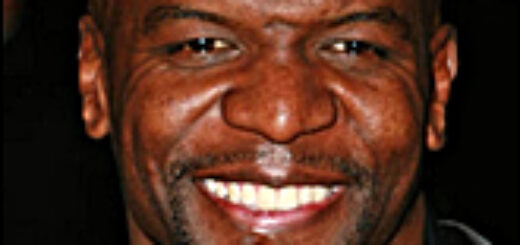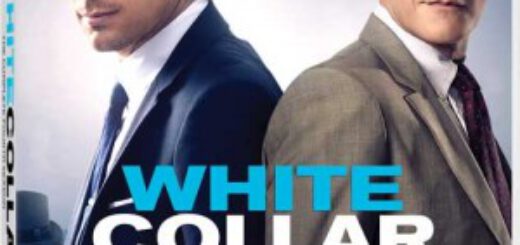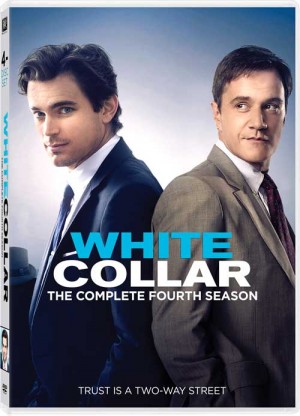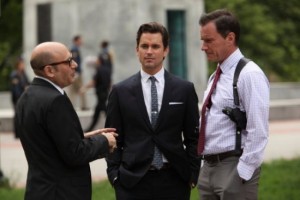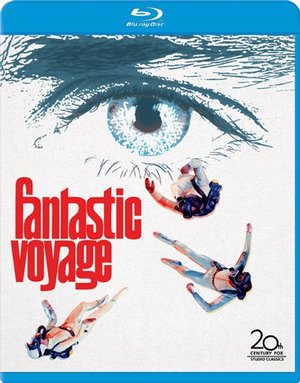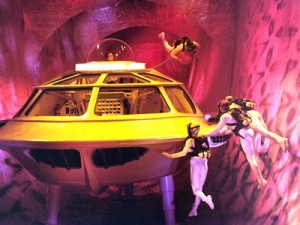Dennis O’Neil: The Mustache and the Movies
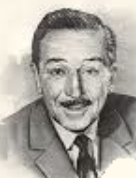 I’ve gone into hundreds, maybe thousands of theaters, but entering the Regal Cinema last week was a bit unique. This Regal had only been in business a few days – to all intents and purposes it was brand new – and so everything about it was clean and pleasant and orderly, the rugs unspotted, the air untainted, the seats deep and sumptuously padded. And I think I felt a slight tingle of anticipation as I crossed the lobby.
I’ve gone into hundreds, maybe thousands of theaters, but entering the Regal Cinema last week was a bit unique. This Regal had only been in business a few days – to all intents and purposes it was brand new – and so everything about it was clean and pleasant and orderly, the rugs unspotted, the air untainted, the seats deep and sumptuously padded. And I think I felt a slight tingle of anticipation as I crossed the lobby.
I wonder if I felt a similar tingle the first time someone, almost certainly my mother, took me to the picture show. I would have been just past toddlerhood and so my world would have still be surprising and numinous and I’d be into a strange place, my hand in another, familiar hand, stepping into a semidarkness full of strangers, looking up at a big white thing that suddenly brightened and was full of motion and I was in the presence of something new and wonderful. Remember – this was in the early 1940s. In that era, a boy barely past infancy would never have seen even a television, nor would anyone else he knew because the video invasion was not happening until after the war, so pictures that moved? And talked? Magic!
What did I see? Maybe a newsreel – they still showed newsreels, back then – and maybe a Three Stooges or a Pete Smith Specialty. And a cartoon? Woody Woodpecker or Bugs Bunny or Mighty Mouse or Donald Duck? (If it was a Donald Duck, I would have also seen, the first of many such sightings, the name “Walt Disney,” though, of course, the letters would have been only incomprehensible shapes, reading being as yet an unsolved mystery.) Then, the feature, probably a double feature, long pictures about… cowboys? Or people who did funny things, like the Three Stooges? Or both? Might have been both! Why not both?
Marvel superheroes didn’t yet exist when I toddled into the land of cinema, though they sure as shooting exist now and it was a Marvel movie that I saw last week at the Regal: Thor: The Dark World. Enjoyed it, the wife and I, and since I never worked on the Thor character during my employment at Mighty Marvel, I brought no particular baggage to the event. I left my (sumptuously padded) seat thinking that Thor was Marvel’s answer to the Tolkein adaptations – those Hobbits and their quest and their adventures – and that the filmmakers were doing something some science fiction writers were doing about about 50 years ago, conflating mythology with sf, and doing it pretty well, too. And they’re doing it under the aegis of the company started by Donald Duck’s boss.
I saw Walt himself when he appeared on the Disneyland television show in 1954, when I would have been about 15 and, well… something about him bothered me, just a tiny bit. What? Could it be his mustache? It was like the lip hair sported by a recent presidential candidate, Thomas Dewey, who my parents didn’t vote for, possibly because he was a Republican and his opponent, Harry S. Truman, came from our home state of Missouri. Something else, though? Hey… the bad guys in the cowboy movies – not the bad guys out on the trail who got shot or punched by the good guys, but the sneaky bad guys who lurked in back rooms and schemed – they often had those kinds of mustaches.
And all those years past, sitting in the darkness next to a parent – did I see a mustached bad guy on the screen and is that why I didn’t instantly like Walt Disney? You tell me.
THURSDAY AFTERNOON: The Tweaks!
FRIDAY MORNING: Martha Thomases

